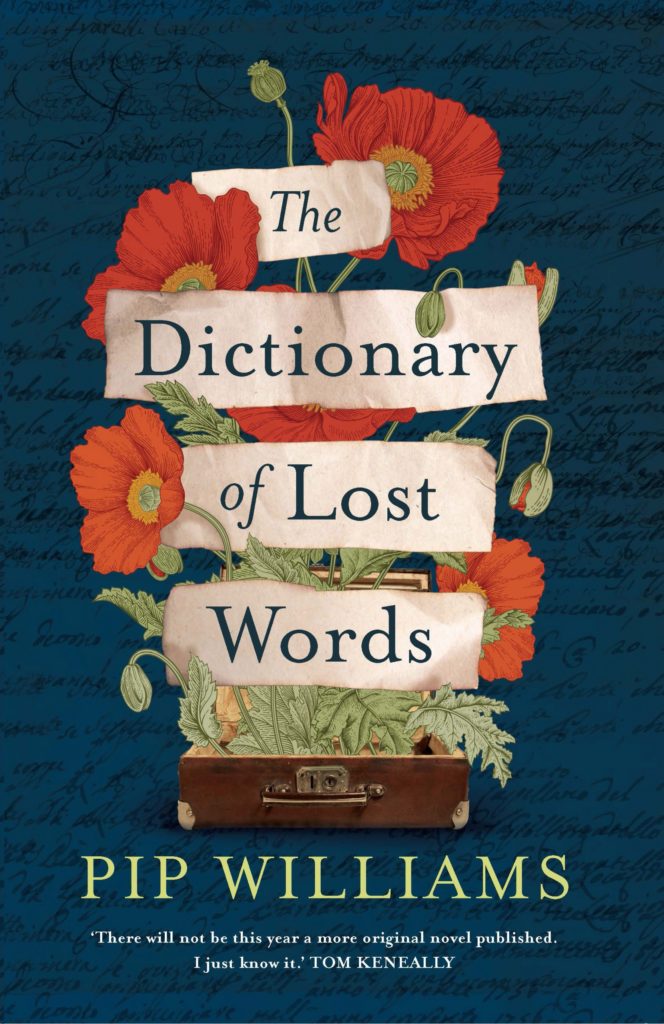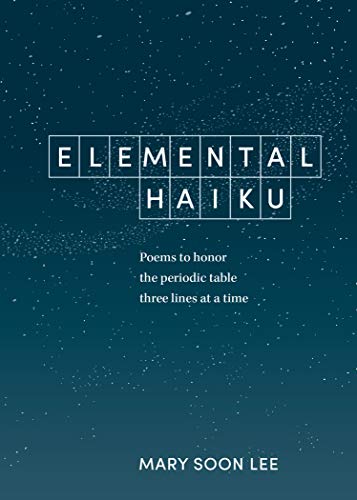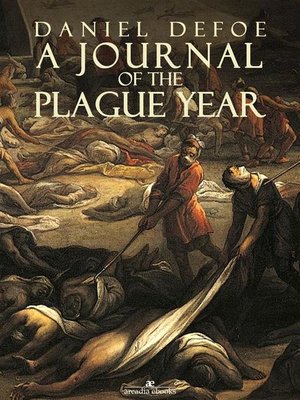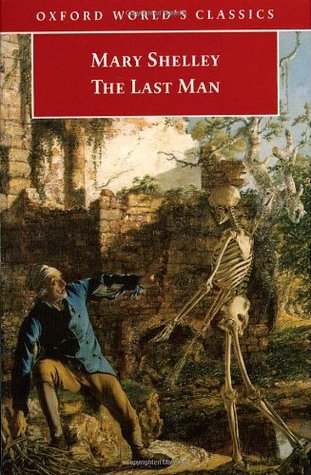The Piper’s Son by Melina Marchetta
Claire Thompson, Program Officer
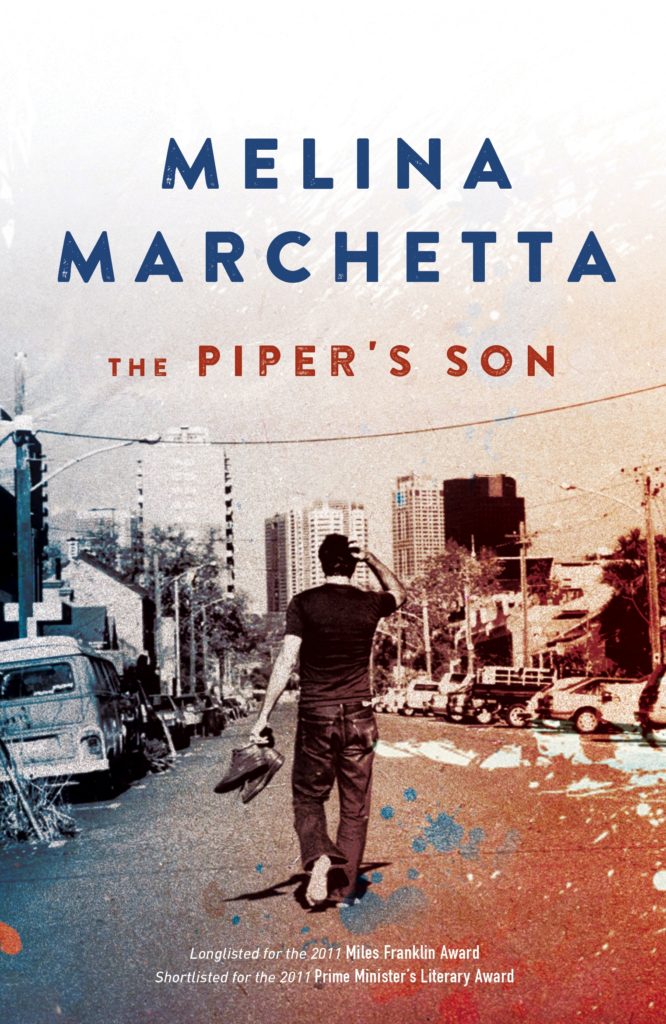
I’ve just started reading The Piper’s Son by Melina Marchetta. I read Looking for Alibrandi when I was a teenager, but haven’t read any of Marchetta’s books since. After finishing A Ballad of Songbirds and Snakes (a prequel to the Hunger Games), I was looking for something more grounded in the events of everyday life, so to speak. I saw The Piper’s Son on the bookcase and decided to read the first page – the best way to determine if you should keep reading (reading the blurb always gives away too much, imo). After reading the first sentence, I was hooked. Not because the sentence described a particularly intriguing event or character, but because of the language: The string slices into the skin of his fingers and no matter how tough the calluses, it tears.
I kept reading and discovered the story is set in Sydney and follows two characters, Tom, a drop-out uni student, and his aunt Georgie, a 40 year old woman who is pregnant and has a complicated relationship with her unborn child’s father. Both Tom and Georgie are fighting grief in the wake of the sudden death of Georgie’s brother/Tom’s uncle. Both Tom and Georgie have closed themselves off to their friends and family as they struggle to cope on their own. When Tom’s flatmates kick him out, he moves in with Georgie.
As someone who lives in the Inner West of Sydney, it’s an enjoyable read because it’s so exciting to read recognisable street names like, Crystal Street, Norton Street, Parramatta Rd, and suburbs like Stanmore and Leichhardt. But I think even if I hadn’t been to those places, I would still be able to picture the setting because Marchetta is so skilled at establishing a sense of place:
He goes for a walk and finds himself two blocks away in Temple Street, outside the house he grew up in. It’s a semi, much smaller than Georgie’s, with a tiny garden path and a bit of lawn and a border for planting roses. His father was a stickler for keeping it perfect. At the moment they rent it out and everything’s dead.
The Piper’s Son was published a few years ago, but if you haven’t read it yet, I’d recommend it. For the realness of the characters – you feel like these are people who you could bump into on Norton Street – and the rawness of their experiences with grief.
Dictionary of Lost Words by Pip Williams, Shopping Night by May Ngo, and Elemental Haiku by Mary Soon Lee
Julia Tsalis, Program Manager
Pip Williams’ Dictionary of Lost Words is a meticulously researched telling of the making of the first edition of the Oxford English Dictionary. It’s told from the perspective of Elsie, a young girl whose father is one of the editors working on the dictionary. Her life unfolds as the dictionary, which took more than 70 years to compile, is completed during the fight for women’s suffrage in the UK and the Great War.
Elsie realises that words belonging to women and to ‘common’ people are often excluded from the dictionary. She begins to collect these words to compile her own Dictionary of Lost Words. The book speaks to the significance of words, as not just a means of communicating, but of shaping the world around us.
I loved the descriptions of the physical process of compiling the dictionary, the dusty Scriptorium where the work was done, the painstaking printing processes, the postcard sized pieces of paper that people had to submit words on, and the pigeonholes made to the exact size of the papers. It all seems so foreign and long ago.
May Ngo’s piece in the Sydney Review of Books, Shopping Night, is so much more than it’s title leads you to expect. It is a consideration of home, where we find ourselves, and the places that shape us. It is a thoughtful and beautifully written piece, well worth reading.
I have always been fascinated by the Periodic Table of Elements. Upon starting high school one of the many things I was anxious about was that I wasn’t prepared for science classes (it some how didn’t occur to me that no one else would be either). In an attempt to calm me down, my Dad suggested that a good way to be prepared was to start with Periodic Table of Elements. He explained it to me and I memorised up to Silicon and knew the make up of most of them to that point. I can still remember the first dozen. It turned out not to be something I needed in class, but was a useful foundation and has been very handy in quizzes. Elemental Haiku is a beautiful explanation of each of the elements, perfectly blending science and poetry, capturing the essence of each element. Two examples (but definitely have a look for yourself):
Hydrogen
You single proton
fundamental, essential.
Water. Life. Star fuel.
Boron
Just doing your job
holding plant cells together.
No fireworks, no fuss.
Lenny’s Book of Everything by Karen Foxlee
Jane McCredie, CEO
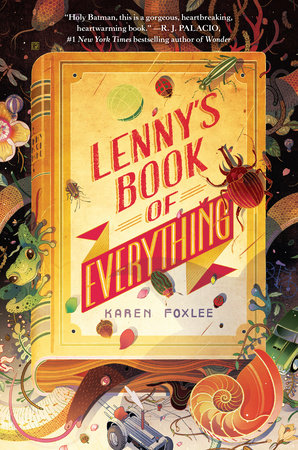
I recently read Karen Foxlee’s Lenny’s Book of Everything, the strange and entrancing story of a boy who won’t stop growing and an older sister who wants to fix everything that is broken in his, and her, world. Set in the 1970s, the book is structured around instalments of a mail-order encyclopedia, from African civets and the Abominable Snowman, to Quicksand and beyond. I don’t read a lot of YA, but I really loved this book for its big themes and its big heart.
Kim Jiyoung, Born 1982 by Cho Nam-joo
Ashley Kalagian Blunt, Senior Program Officer
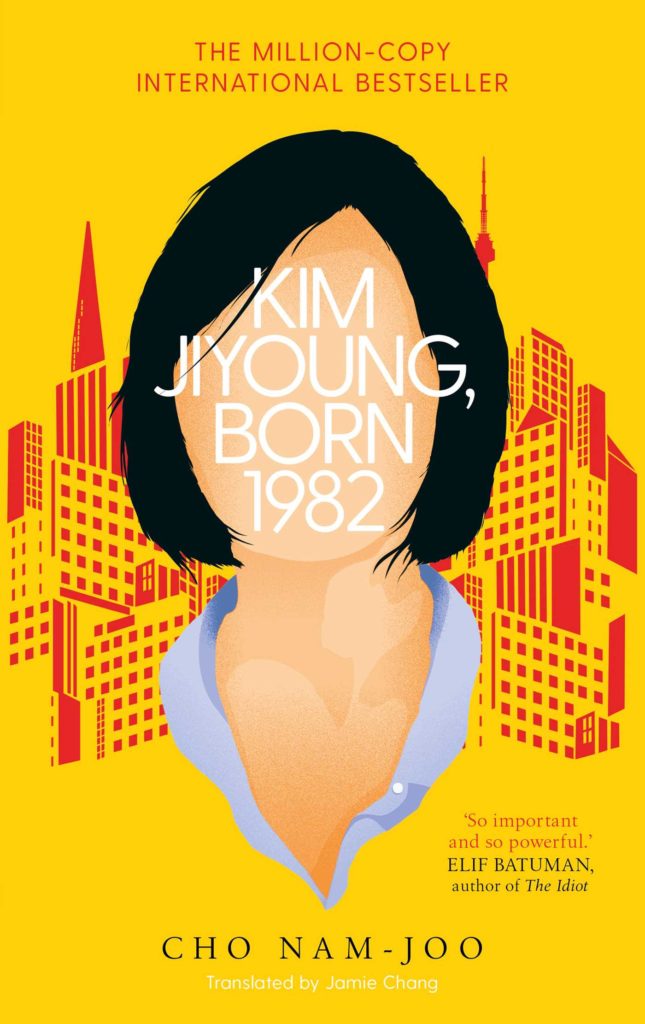
South Korean author Cho Nam-joo’s short, punchy novel Kim Jiyoung, Born 1982 at times reads like non-fiction, especially because of the occasional footnotes drawn from news articles, government sources and academic papers. The story follows the life of the fictional Kim Jiyoung, opening in her 30s, when she’s started slipping into the personas of other women. The circumstances of her life, and in particular the restrictions she faces as a woman in a hierarchical and patriarchal culture, are all too real, however. Jiyoung is a woman of the modern era, but as Cho notes, ‘The world had changed a great deal, but the little rules, contracts and custom had not, which meant the world hadn’t actually changed at all.’
Comfort Food by Ellen van Neerven
Lou Garcia-Dolnik, Membership and Administration Officer
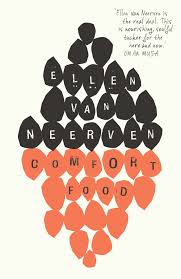
I’ve just finished Ellen van Neerven’s debut poetry collection, Comfort Food, which I would recommend to anyone (and not just in advance of our next Talking Writing panel on Food—a must-watch). I devoured this book. In 50 odd poetry-vignettes traversing continents, personal and collective experiences and community, Ellen produces intimate worlds, conversations, moments and environments through the symbology of food/s, at once showing the capaciousness of food for comfort, home(sickness) and deep grief, and brevity—food as skirting around the edges of a brief conversation, a shared glance on the bus, momentary ache. As a Mununjali Yugambeh author, Ellen’s poems are inflected with incendiary social wisdom, which doesn’t shy away from levity to make itself known—I’m thinking of the poem ‘Chips’ which begins with can I say / white people really bore me sometimes and ends with the dialogue of this country / they are killing people with words / if I’m not back soon / tell them I’ve had too many chips. I’m resisting the temptation to quote entire poems just to show you their genius.
This collection delighted in the way I felt simultaneously seen and unseen by it. The transient overlaps in experience Ellen’s poems engineer, and then departures from that in moments/experiences that belong exclusively to Ellen and Country, are testament to their poetic intelligence, and the thoughtful weaving of metaphor to both rivet and hold their reader respectfully at bay. There are some beautiful, beautiful lines in this book—tonight I wanted you / like the rain wanted the streets and you say your family lost a brother today…. and when I walk home / I hear more than the wind come to mind, though there are far too many to distill into the space of a paragraph. Ellen has done some fantastic events recently, most notably with Maxine Beneba Clarke at the Wheeler Centre’s Live-stream: Words for Now: Poetry as Processing. You can catch them next at the Wheeler Centre’s Iconic Duos: The Next Chapter Writers and Mentors. I’ve just bought Ellen’s most recently published poetry collection Throat, which I’m incredibly excited about, and Fire Front: First Nations poetry and power today (edited by Alison Whittaker) which showcases a number of amazingly talented First Nations poets, Ellen included. Do yourself a favour and get amongst it!
Journal of the Plague Year by Daniel Defoe and The Last Man by Mary Wollstonecraft Shelley
Sarah Mott, Project and Communications Officer
Lately, my choices of books have been my own way of trying to make sense of how to live now; looking to stories to find how others cope in crises, to create a template of how I should be feeling and surviving. Of my reading pile, these two books were probably the worst in providing any kind of comfort or guide. But they were fascinating.
Firstly, Daniel Defoe’s Journal of the Plague Year, written in 1722, is available in short 20 minute readings on Spotify. The book is a kind of early historical fiction – Defoe was only 5 at the time of the 1655 plague, but writes as a series of diary entries from the perspective of protagonist ‘H.F’. The format allows him to be systematic and detailed about the plague and its effects on London, and it was horrific. Read if you want an eerie reminder that humanity’s basic instincts in a crises has not changed a single bit. The hasty public policy measures, effects of inequality, and dangerous cure-alls mirror the pandemic trajectory 300-odd years later. This is kind of reassuring, knowing that people have lived these ‘unprecedented’ times before. But also, people haven’t changed in 300 years, the rich still prey on the poor and conspiracy theorists think it’s a great time to protest, so.
Moving on to The Last Man by Mary Wollstonecraft Shelley. Shelley envisions a future where, in late 21st century, the UK is a republic and our fastest mode of transport is the hot air balloon (cute). A pandemic sweeps the world, allowing Shelley to explore the failure of romantic political ideals and the idea of progress through collective effort that was championed by her contemporaries. It’s narrow, privileged, tragic, dripping with more emotion than your average teen romance, and ultimately I think Shelley is just reinforcing the ‘you’re born alone and you’ll die alone’ kind of vibe that I really wasn’t looking for right now. Still, it’s a great read even just for Shelley’s imagination of 2100 being so, so pure compared to the mess we’re in right now, pandemic aside.
*
More from Writing NSW
Check out our full range of in-person writing courses in Sydney, our online writing courses and our feedback programs to see how we can help you on your writing journey. Find out about our grants and prizes, as well as writing groups across NSW, and sign up to our weekly newsletter for writing events, opportunities and giveaways.

